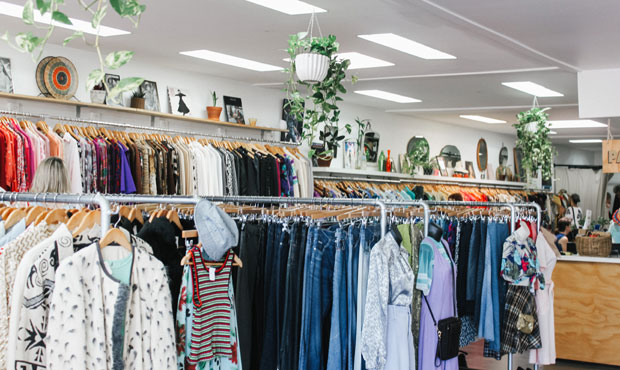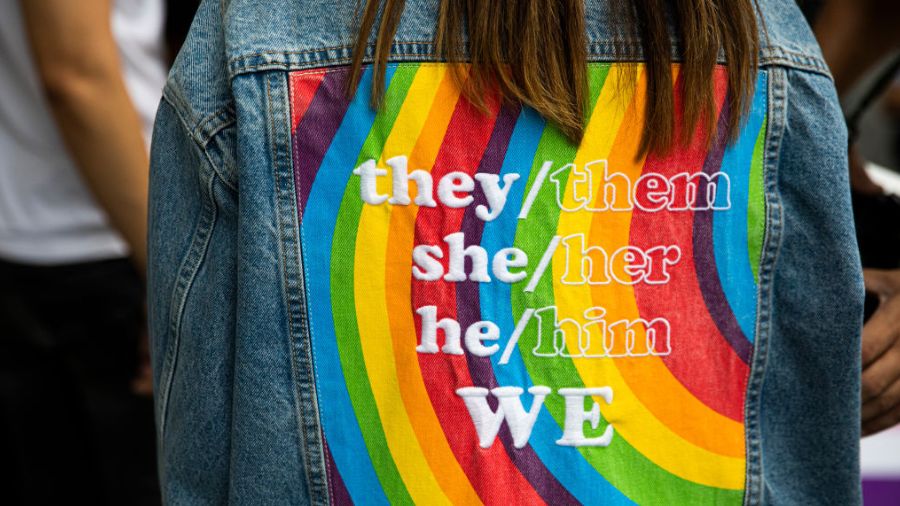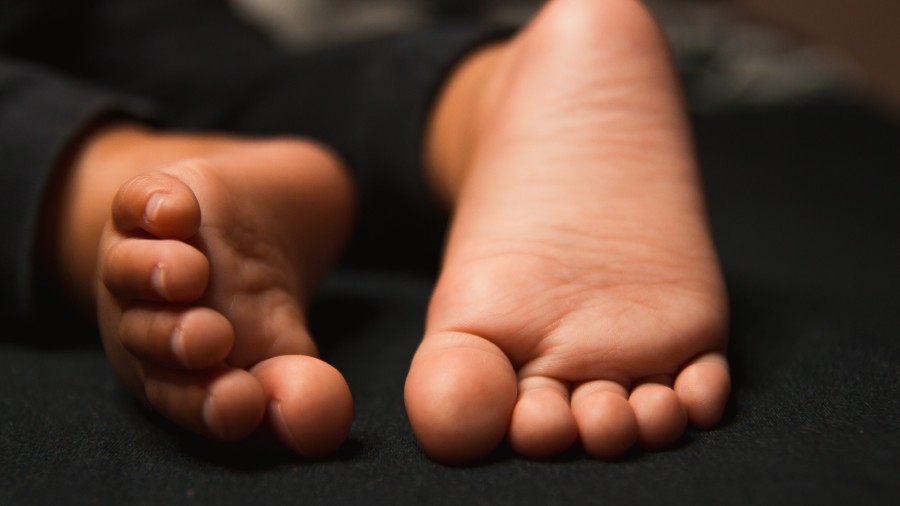What actually happens to the stuff we donate to thrift stores
Dec 30, 2019, 12:28 PM | Updated: Dec 31, 2019, 12:08 pm

Where do our clothes go after we donate them to a thrift store? (Prudence Earl on Unsplash)
(Prudence Earl on Unsplash)
As the holidays often remind us, Americans are swimming in stuff, and when our closets and garages are suitably jam-packed, we simply seek out more space.
Shop handcrafts instruments for the biggest names in music
“In some communities, not all of them, the price that people pay to store their stuff in storage lockers, on a square foot basis, is higher than what they pay for rent,” said journalist Adam Minter, author of the new book Secondhand: Travels in the New Global Garage Sale.
But many of us clean out our closets and drop off bags of unwanted things at thrift shops. We leave with a virtuous glow, feeling satisfied that our things won’t end up in a landfill. But what happens to your stuff after you drive away? Minter says it’s complicated, something he learned after traveling around the world to learn about what happens to these donations.
“The hard truth is that only about one third of the stuff that’s donated to a thrift store in the United States or Canada actually sells off its retail shelves,” said Minter. “The rest of it enters into this very complex world where it still ends up in foreign markets where people are really coveting this kind of stuff. But the problem is, the stuff that we are buying these days, the fast fashion, the low-cost furnishings like IKEA really don’t have a secondary market.”
So a lot of it does end up in a landfill. Best case scenario, our unwanted stuff will be shipped abroad to places like Ghana and Nigeria, which is both environmentally and economically sound.
Minter writes that in West Africa, electronic shops are more common than Starbucks in Manhattan. They’re fixing our old cell phones and televisions and selling them at prices people there can afford. But that repair culture no longer exists in the United States, where it’s cheaper to buy a new item than get the old one repaired.
So, how can we make an impact?
“In the book I make a couple of suggestions. One is something that’s starting to be done in Europe called durability labeling,” Minter described. “Manufacturers know, generally, how long their products are designed to last. And that goes for anyone who makes a smart phone or even people who make textiles. They know how many washes that garment is supposed to last. What’s been tested in Europe is the idea that the manufacturers should be required to put a tag on new products saying how long something is supposed to last.”
‘Mystery’ will plan a surprise Seattle date for you
“What they found, and there have been very good studies on this, is that if you give consumers that kind of information, they’re often times going to buy the more durable, longer lasting product even if it costs marginally more,” he continued. “The other thing we can look at is something called a ‘Right To Repair’ law. The idea is that companies that make stuff should have to make all of the repair manuals available online to anyone who wants it. Right now, if I put a repair manual for my iPhone on the Internet, I can be sued for copyright violations.”
Outdoor clothing retailer Patagonia is making an effort to buck the fast fashion trend with a program that benefits the environment, their customers, and the company’s bottom line.
“What they’re doing is accepting used Patagonia garments that their customers bring in. They give their customers a store credit,” said Minter. “Then Patagonia cleans them up; if it’s just a small repair they will fix them up, and then they put them back out on the shelves to resell it. There is good demand for it, giving consumers who can’t afford new Patagonia — let’s face it, Patagonia is expensive, (this is an) opportunity to get into the brand at a lower price point.”
Minter got the idea to write this book after his mother passed away.
“Everybody walks away from cleaning out a relatives house saying, ‘I’m not going to do this to my kids.’ I think that’s going to be a growing movement.”
After cleaning out his mother’s home he felt extremely motivated to consume less and he predicts other people in his generation and younger will feel the same way.













